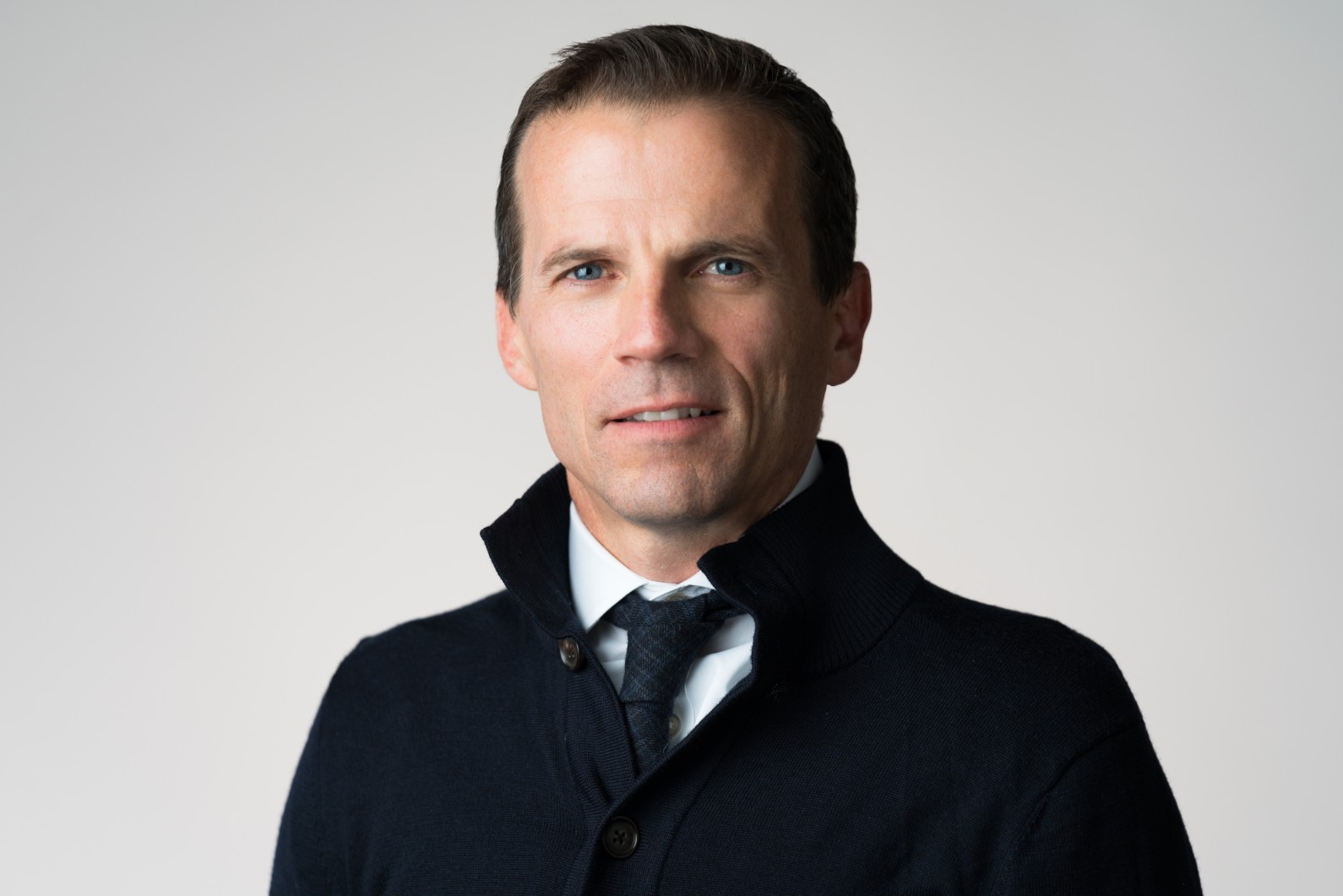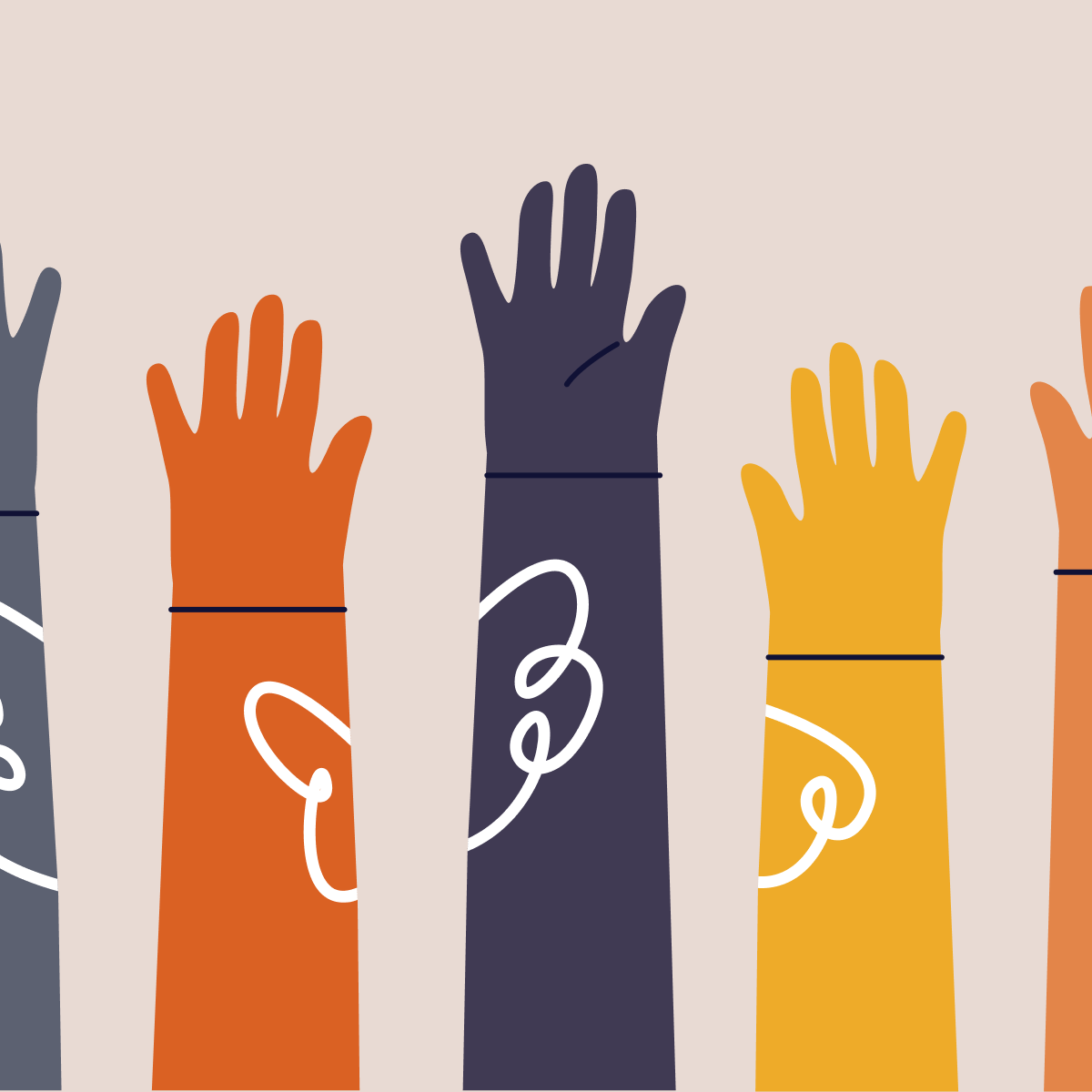As our notions of collaboration, engagement and even inclusion have undergone fundamental change in the transition to hybrid work, creating a culture of psychological safety within our teams has become even more critical. So, how do we actually put that culture together?
There are certain qualities of high-performing organizations that can be hard for outsiders to put their finger on. Whether it’s the invigorating creativity someone feels at a burgeoning design firm or the inherent trust between members of an emergency management team, qualities are only able to shine when leaders take the necessary steps to build a strong foundation of psychological safety.
Employees require certain conditions to flourish, and the significance of psychological safety has never been more pronounced than it is today, with a globally dispersed workforce and a rapidly changing environment.
Psychological safety means feeling safe to take interpersonal risks, disagree openly, and surface concerns without fear of negative repercussions. In a psychologically safe environment, employees can speak up confidently without trepidation or backlash. When psychological safety is present in the workplace or at home, it creates a more innovative, stronger community.
McChrystal Group found only 37% of leaders encourage their teammates to voice alternate or opposing points of view.
A psychologically safe environment encourages people to share creative ideas without fear of personal judgment or stepping on toes. In this kind of atmosphere, it feels safe to share feedback with others, including constructive criticism for leaders about improvements or changes. It’s okay to admit mistakes, be vulnerable, and speak truth to power.
When psychological safety crescendos from the individual to an entire team—spurred by the leader—it creates a powerful effect that is foundational to creating a high-performing team.
This is a group level phenomenon—it shapes the learning behavior of the group and in turn affects team performance and therefore organizational performance,” Amy Edmondson, the Harvard Business School professor who coined the term team psychological safety told Harvard Business Review.
So, how do you create a psychologically safe environment? It starts with you.
Know Your Team
Leaders are the most important ambassadors for psych safety, and each team member brings unique experiences, perspectives, behaviors, and backgrounds. It takes time—your time—to create trust, diversity of thought, and a sense of inclusion. These are not always simple tasks and building team trust requires first an understanding of a leader's perception of trust.
Foster Transparent Communication
Communication is the ultimate tool for establishing psychological safety. However, leaders often focus on the frequency and reach of communication but overlook the importance of delivering meaningful content. Neglecting the message's relevance to the audience can lead to a catastrophic loss of trust, dismantling a psychologically safe culture with a single message. This requires a leader to not only deliver content but to listen empathetically. This is not a touchy-feely exercise. It has real impacts. Informed employees are much more motivated to achieve their individual work targets and are 80% more likely to be engaged.
Set Crystal Clear Expectations
One of the foundational elements of high-performing teams is a shared perception of fairness within the work environment. Clearly communicated and understood policies and procedures that support your teammates without prejudice set expectations for everyone on the team. Leaders can then play a direct role in building fairness through the way they show up for their teams in their day-to-day operations. How leaders manage their teams includes providing clear goal alignment and defining roles and responsibilities. But beyond that, it also requires paving equitable pathways for mentoring, providing a balanced distribution of work, and ensuring opportunities are equitably assigned.
Build a Learning Culture
Organizations must allow employees to take informed risks and not punish them if they fail. This organic innovation is the product of strong communication and effective leader development programs. The most poignant moments of learning take place when individuals are stretched outside of their comfort zone and yet the multitude of stressors and responsibilities that threaten to overwhelm leaders necessitates learning that can be quickly and easily consumed and embedded into their flow of work.
In a cross-functional study of 60 leadership teams, researchers discovered that top-performing teams give a 5:1 proportion of positive to negative feedback. The environment in which criticism is given is just as important as the amount.
The most effective feedback is delivered when accountability and psychological safety are simultaneously present. When teams lack accountability but maintain psychological safety, they enter the comfort zone, in which learning is absent, and mistakes are not fixed. Employees in the anxiety zone are afraid to make mistakes or speak up when accountability is high but psychological safety is low.
Be Inclusive
Recent research has shown diverse teams are best positioned to detect, assess, and respond to risk. The more you aim for diversity in the perspectives you seek and incorporate, the stronger your organization becomes. Just as the physical immune system gets stronger as it learns to fight off different kinds of threats, so too can we inoculate our organizations against groupthink by incorporating diverse thoughts, actions, and backgrounds into our teams. This is inclusion, and it’s a key component of psychological safety.
Psychological safety is the bedrock upon which innovative, cohesive, and high-performing teams are built. It weaves trust, open communication, and an environment conducive to growth. In today's rapidly evolving work landscape, psych safety serves not just the individual, but can be the differentiator for the collective success of organizations. The steps to cultivate this safety are multi-faceted, but they all start with you – the leader.



